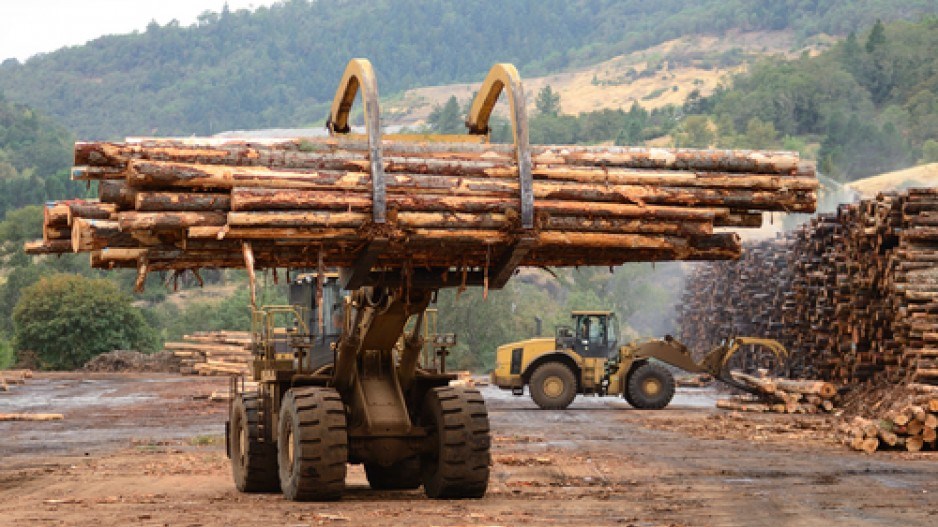It's official: Canada has become the world's largest supplier of lumber to China, sweeping past the Russian Bear with 47% of total market share.
That's a feather in B.C. foresters' caps (where most of the product destined for the Middle Kingdom is harvested); especially given the battering the industry has taken in recent years from the mountain pine beetle and a collapse in the U.S. housing market.
But you won't find any forestry executives in Vancouver jumping up for joy.
Last week, at the International Wood Markets Group global log and lumber conference at the Hyatt Regency downtown, all eyes were focused on the current slowdown in China and how it will affect B.C.
The good news: China is still growing.
The People's Republic is looking to build 36 million apartments by 2015 to help house an urban population that's expected to soar by 350 million people in the next 13 years.
According to Gerry Van Leeuwen, vice-president at Wood Markets Group in Vancouver, if you add private housing starts into the mix, China could build as many as 10 million new houses each year to 2015.
That means the Middle Kingdom needs a lot of wood.
The bad news?
China's government is fending off inflation and soaring home prices, introducing fiscal policies to keep its economy in check and avoid a hard landing.
No one knows if it will work.
The housing market in China is full of unsold units and vacancies, which has meant a slowdown in building during the last nine months, Van Leeuwen said.
Log and lumber inventories also remain above normal.Despite the gloomy data, Van Leeuwen's group remains optimistic.
"The fact the government is building 36 million houses … provides fuel for a more optimistic view," he told conference attendees.
But even if China successfully manages its downturn, the road ahead for B.C. forestry companies won't be easy.
For starters, China is still buying construction-grade wood, which commands a lower price on the market.
The Middle Kingdom also prefers to buy whole logs to keep its thousands of sawmills running, which produce boards at a fraction of the North American cost.
On top of that, China wants specific sizes of lumber and logs, which creates added complexities for producers in Canada.
If that weren't enough, B.C. has challenges of its own.
Two explosions in recent months have raised alarms about safety in sawmills and the impacts that dry beetle-kill wood is having on the production process. China might be important, but as one executive who asked to remain anonymous recently told this reporter, the industry's number 1 focus now is safety.
The tragic explosions at Babine Forest Products and Lakeland mills, which claimed four lives and injured many others, have also brought another issue to light: the future of timber supply in B.C.
Once B.C. mills are done churning through beetle-kill, what will be left to harvest and feed the mills that support thousands of jobs, towns and exports?
No one knows.
The government is toying with different ways it can toggle the annual allowable cut to free up timber supply, ideas that already have environmentalists up in arms.
Industry veterans know someone will lose in this game; there simply won't be enough wood to go around, and some mills will have to close or never reopen.
But that's another hardknock in an industry that continues, battered and bruised, to roll with the punches.
And with no signs of the U.S. housing market returning to its heyday any time soon, what choice do foresters have but to get up every day, maintain their mills and cut product that, hopefully, can be put on a ship and support a few more jobs in B.C.?




